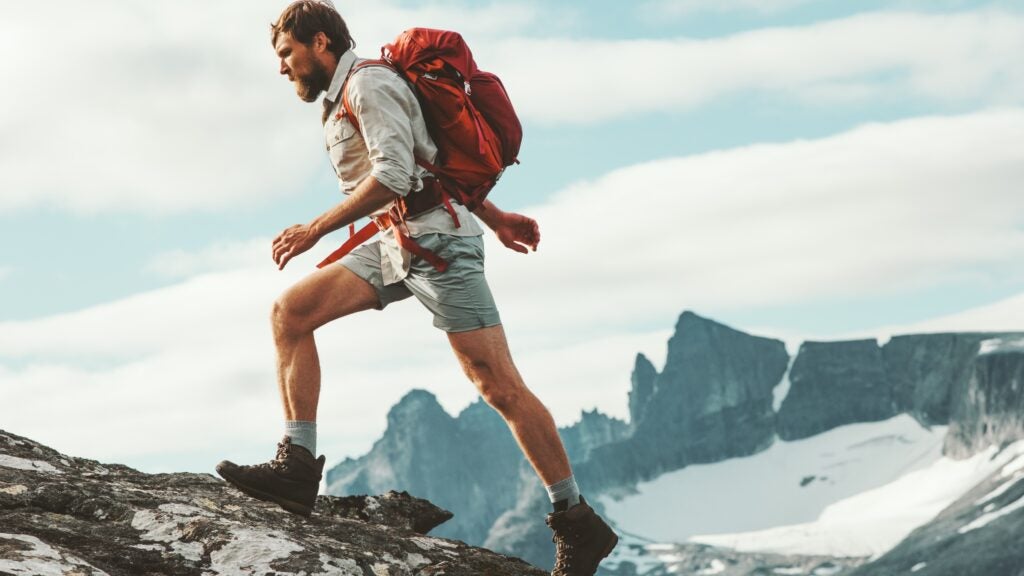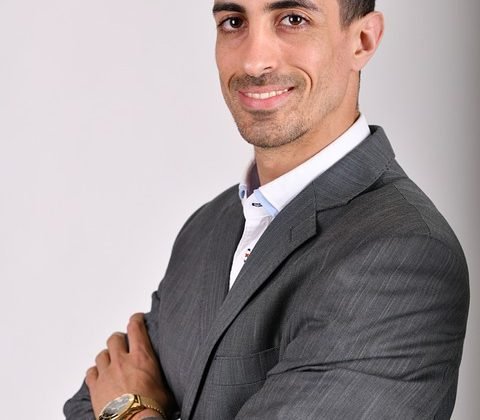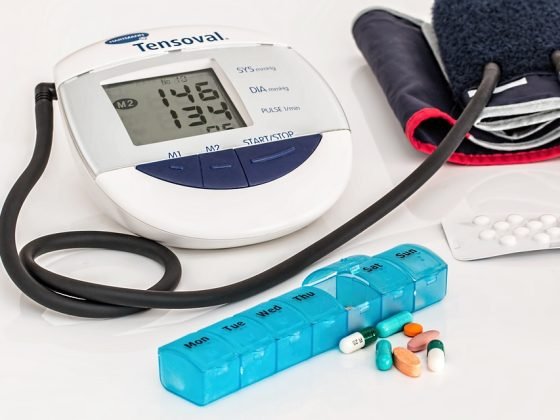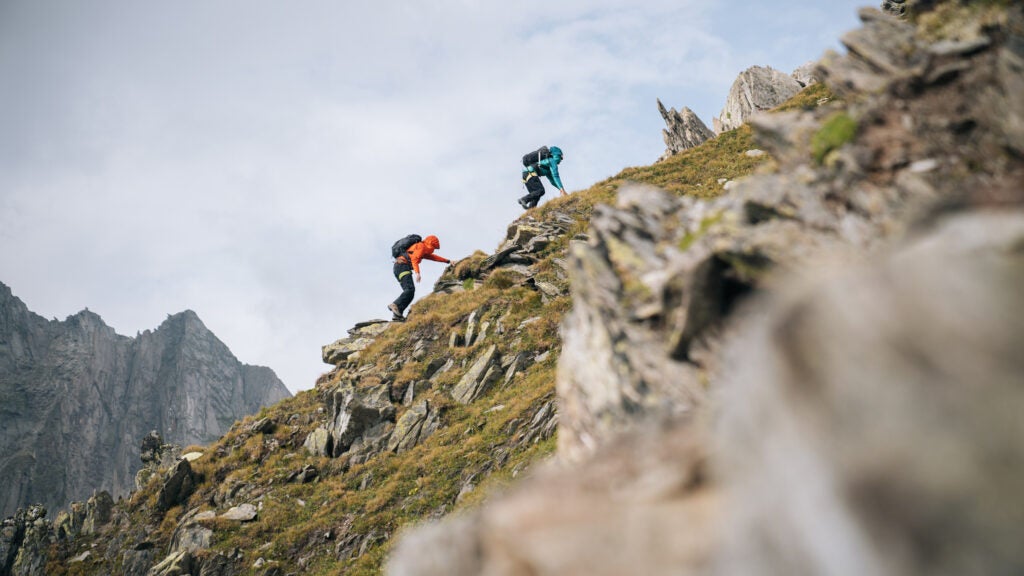Back in 1986, scientists at University of Nairobi and Harvard studied the remarkable load-carrying capacities of women from the Luo and Kikuyu tribes in East Africa. The women, it turned out, could balance up to 20 percent of their bodyweight on their heads and carry it without using any more energy than if they were walking without any load. It’s a remarkable physics trick—and also a reminder amidst the rucking workout craze that backpacks aren’t the only way, or necessarily the best way, to carry loads.
That’s the observation at the heart of a new study in Medicine & Science in Sports & Exercise from David Looney and his colleagues at the US Army Research Institute of Environmental Medicine and several other institutions. In this case, the focus of their investigation is the energy required to haul a load in a weighted vest. For military personnel and first responders, tactical vests are often an essential part of their gear; for civilians looking to get fit by rucking—that is, by walking around with a heavy load—weighted vests are a popular alternative to loading up a backpack with bricks. But how do the two load-carrying techniques compare?
The Case for (and Against) Weighted Vests
The key feature of vests is that you distribute the weight equally between your front and back, which enables you to maintain more or less normal posture and gait. When you wear a backpack, you tend to lean forward to counteract the weight behind you. Based on studies of running form, Looney and his co-authors suggest that this forward lean could cause you to burn extra energy. And sure enough, a classic study from 1971 found that carrying 66 pounds of granite chips with a vest burned nine percent less energy than the same load in a backpack.
That doesn’t mean that vests are always the most efficient choice. If your load is bulky, having it in front of you can interfere with movement and sight lines. And there’s a spirited debate about which form of load carriage is better for your back. If you’re rucking, you can choose whichever option feels best to you—though a backpack will help you burn more calories. For tactical personnel, on the other hand, the choice is likely dictated by your equipment.
Calculating the Calories Required to Haul a Load
There’s a long history of attempts to come up with a formula for how many calories it takes to hike at a given pace with a given load, dating back to military research in the 1970s. The basic idea is that you ask a bunch of people to carry various weights at various speeds, measure how much energy they’re burning (by measuring how much oxygen and carbon dioxide they breath in and out), and then run some stats to come up with the best equation.
The resulting equations are complicated and difficult to interpret, but they do a pretty good job of estimating how many calories you’ll burn while carrying a given load at a given pace. Over the years, the equations have been refined to include additional factors like uphill and downhill slopes, and various terrains like gravel, mud, and snow. I took a deep dive into one of the most widely used equations for flat terrain here, and looked more closely at the effect of hills here. The new study adds yet another term to the equations to reflect how and where the load is carried.
What the New Study Found for Rucking
Looney and his team recruited 20 volunteers—16 men and 4 women—with an average age of 26. The subjects walked on a treadmill at speeds ranging from 60 minutes per mile to 13.5 minutes per mile, carrying loads of 0, 22 percent, 44 percent, and 66 percent of their total body weight. These are serious loads: the heaviest subject weighed 273 pounds, which means he was hauling 180 pounds in his vest. Backpackers are generally advised to keep their packs below about a quarter to a third of their body weight. That said, the two higher loads apparently correspond to the “approach” and “emergency approach” guidelines in the US Army foot march doctrine.
The equation that Looney’s team uses is a US Army tool called the Load Carriage Decision Aid, and the new data adds a term for weight carried in a vest. The calories burned are proportional to the weight of the vest to the power of 1.21; in comparison, the exponent for weight carried in a backpack is 1.36. What that means is that the caloric penalty for increasing weight in a vest is less steep than the same increase in a backpack.
Here’s a graph of the increasing caloric demands (shown as the change in metabolic rate, M) as a function of increasing mass carried:

There’s a third line in the graph, which represents the effect of increasing weight of the body itself. Extra body weight incurs even less of penalty than the vest. That’s because it’s relatively efficient to carry weight close to your center of mass, and progressively less efficient as it moves farther out. One study found that it takes 9 percent more energy to run with a given weight strapped below your knee than around your waist, and 21 percent more if it’s strapped to your ankle. That’s another key advantage of the vest: by splitting the weight, it can all be closer to your center of mass.
How to Calculate Your Own Rucking Calorie Burn
Accompanying Looney’s new paper is a handy calculator, freely available here (scroll to the bottom and click on Supplemental Digital Content to download an Excel spreadsheet), that enables you to enter your parameters: weight, walking speed, slope, terrain, and how much weight you’re carrying. It will spit out how many calories you’re burning per hour.
The payoff, for Looney’s bosses, is information that helps them weigh trade-offs in the equipment carried on missions. For backpackers, it’s an estimate of how much food to bring. For ruckers, it’s a way of comparing or matching their workouts with vests versus backpacks. For trail runners—well, the equations were developed for walking, not running, but I can’t help thinking that the results offer a ballpark estimate of how much extra effort it takes to carry supplies in a vest. Play with the numbers in the spreadsheet, and you’ll see why vests have become an increasingly popular alternative to traditional backpacks in the ultra world: splitting the load between front and back really is easier.
For more Sweat Science, join me on Threads and Facebook, sign up for the email newsletter, and check out my book Endure: Mind, Body, and the Curiously Elastic Limits of Human Performance.
Source link










